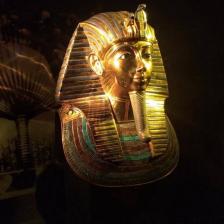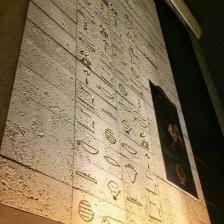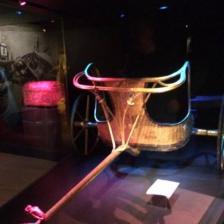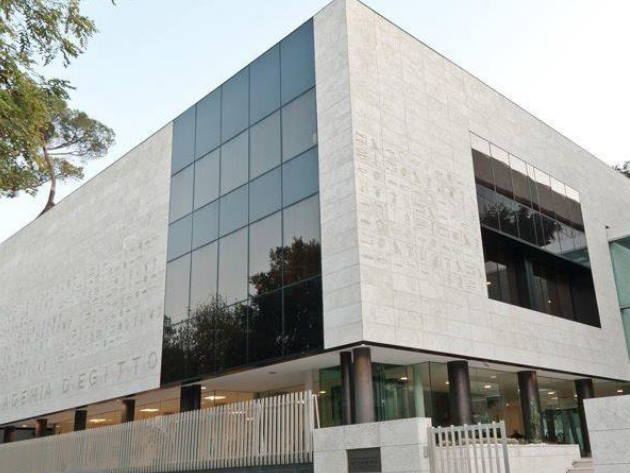
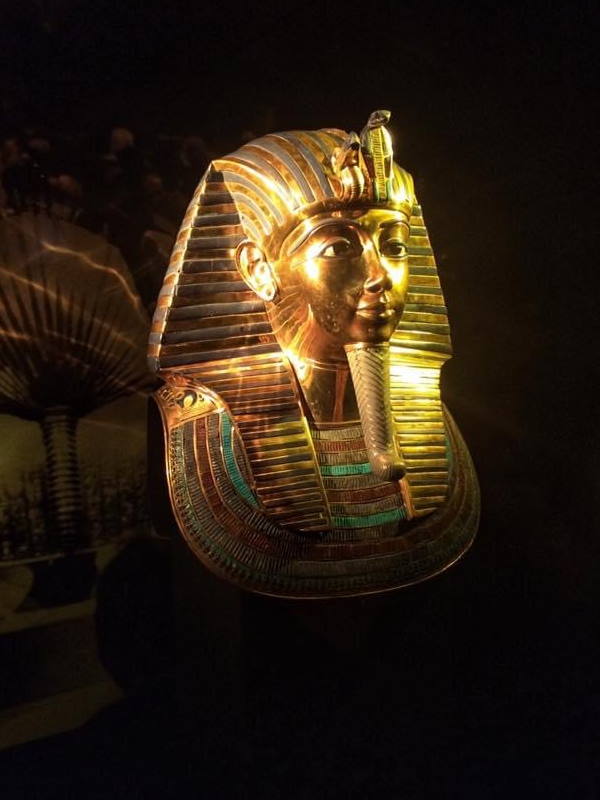
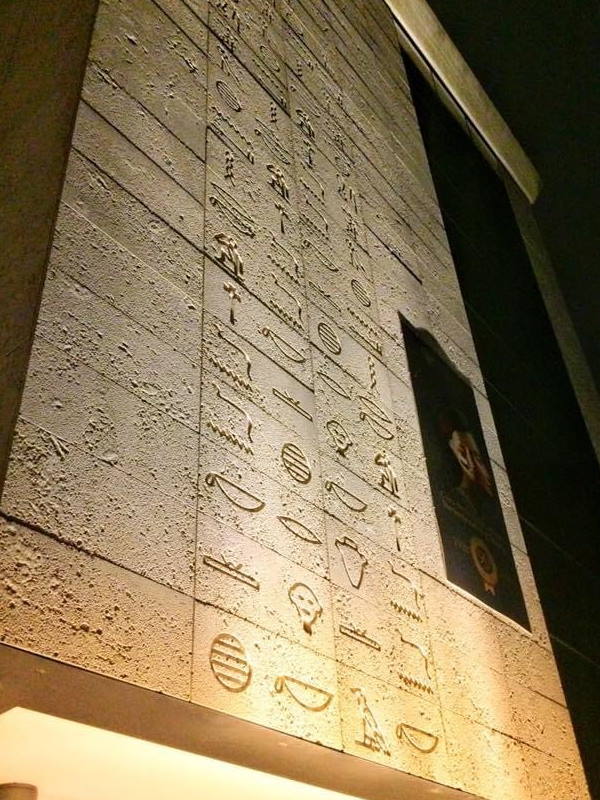
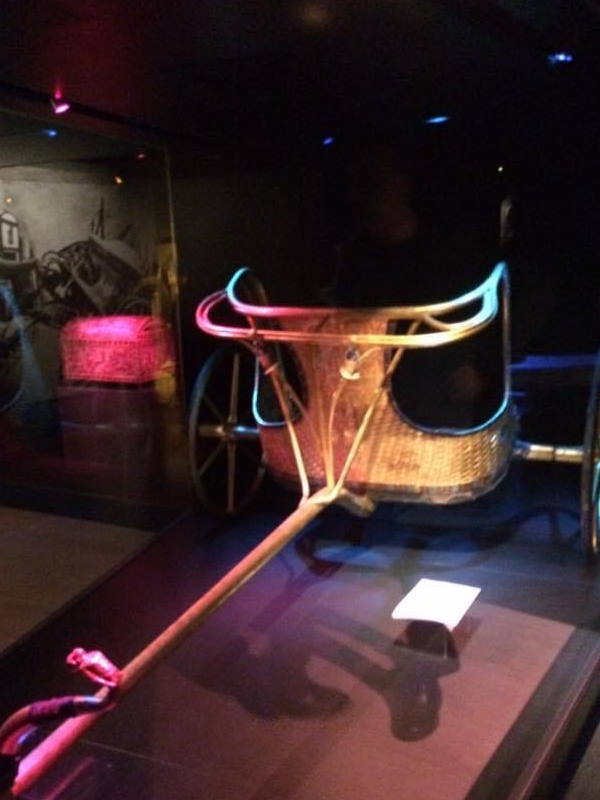
In the heart of the beautiful Villa Borghese stands the only Arab and African academy in the world, built in 1965 from an idea of the Egyptian painter Raghed Ayad. In 1929, when he was a student in Rome, he wrote a letter to the government of his country to establish a cultural representation dedicated to young Egyptian artists.
The venue was inaugurated in 1966. In the same year, the artist Gamal Al Segeini realized a statue dedicated to the famous Egyptian poet Ahmed Shawqi in a small square adjacent to the Academy and named after the writer. On the sculpture are engraved some of the poet's verses: "Stay in Rome, and contemplate, and certify that the kingdom of the universe has its supreme King".
In 2008, renovation works were started based on a project by the designer Hatem El Said, followed by the architect Mohamed Abou Seada. The new building, inaugurated in September 2010, has elegant and modern lines with no lack of charm and suggestive references to Ancient Egypt thanks to the magnificent hieroglyphs on the facade.
The Egyptian cultural institution aims to promote the knowledge and cultural richness, folklore, crafts and new artistic expressions of the Arab country. It hosts art exhibitions in the open-air gallery and exhibition hall, concerts, film reviews and conferences in the large theatre.
Inside, it houses "The Mysterious Discovery of Tutankhamun's Tomb", a spectacular permanent exhibition with exact 1 to 1 scale replicas of the archaeological finds by Howard Carter in 1922. Among these, it is possible to admire: the Parade Float, a ceremonial specimen from the Hyksos period, made of wood and leather, placed disassembled in the Anteroom together with other three; the Head of Tutankhamun emerging from the lotus, symbol of rebirth after death; two sculptures of the jackal god Anubis, lord of the western necropolis and keeper of the royal cemetery, one of which was found at the entrance to the so-called Treasury room, adjacent to the sarcophagus one; the Canopic Chest of the pharaoh, carved from a single block of calcite and decorated in intense blue, divided into four compartments, inside which there were four small gold sarcophagi with the mummified bowels of the king; the outermost of the three sarcophagi with the features of the pharaoh, made of wood and covered with a gold leaf with semi-precious stone elements, inside a quartzite case closed by a granite lid.
The Academy of Egypt also has a precious library with more than 10,000 volumes of art, literature, architecture, cinema and theatre, history, grammar, science and archaeology in Italian, Arabic, English, French and German languages. It also includes rare periodicals, miscellaneous books, brochures and exhibition catalogues, some rare texts from the 19th century, such as the "Voyage dans la Bassi et la haute Egypt" by Vivant Denon from 1802 and has been enriched over time by donations from professors, institutions, universities and Egyptian and Arab culture lovers.
Photo: Accademia d'Egitto Official Facebook
The Danish Academy in Rome
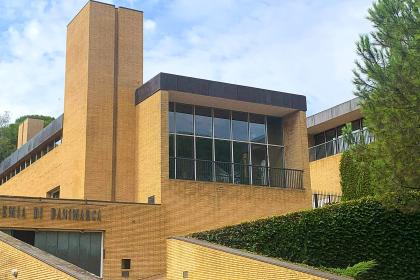
 Condividi
Condividi
Royal Netherlands Institute in Rome
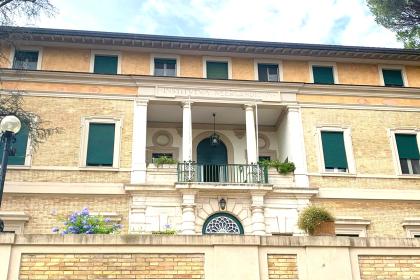
 Condividi
Condividi
Egyptian Academy
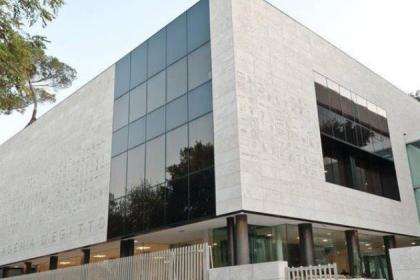
 Condividi
Condividi
Academia Belgica
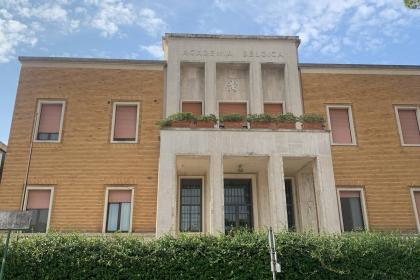
 Condividi
Condividi
The British School at Rome
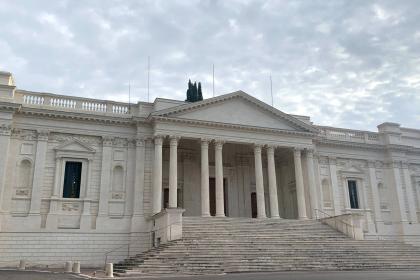
 Condividi
Condividi
Swedish Institute of Classical Studies
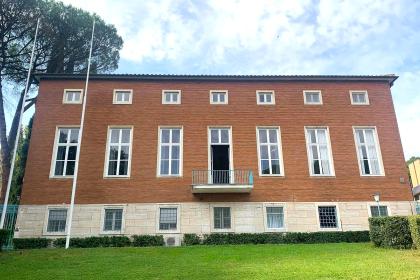
 Condividi
Condividi
Japanese Institute of Culture
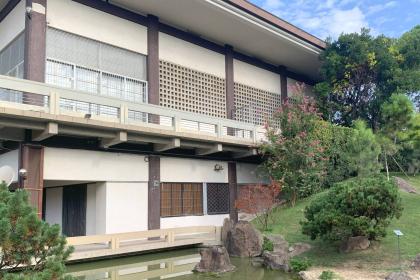
 Condividi
Condividi
Informaciones
For opening times and visiting condition, please check the contacts.
 Condividi
Condividi
Location
Para conocer todos los servicios de accesibilidad, visite la sección Roma accesible.












































